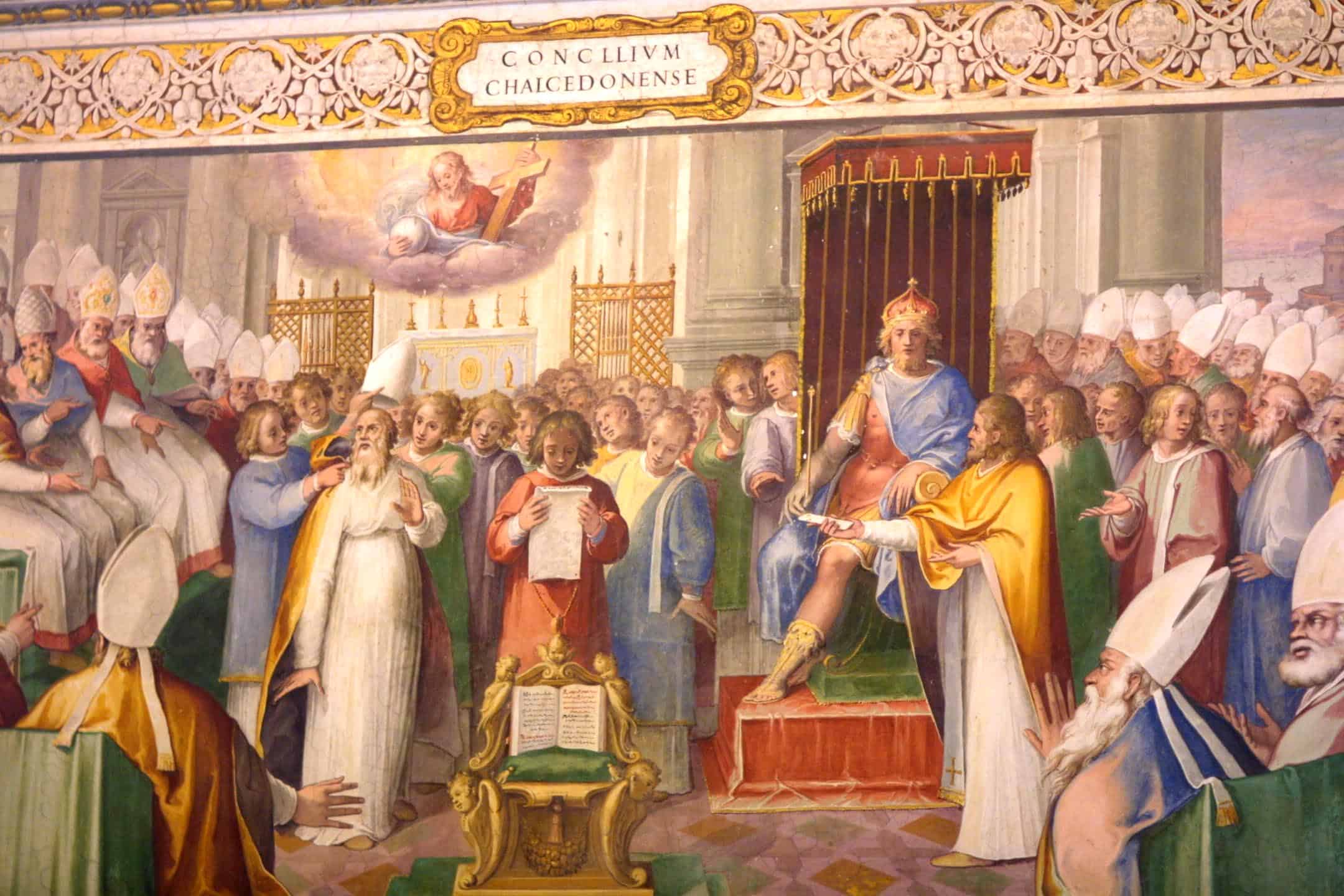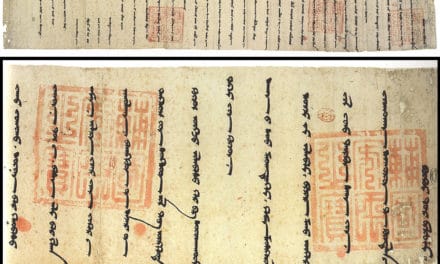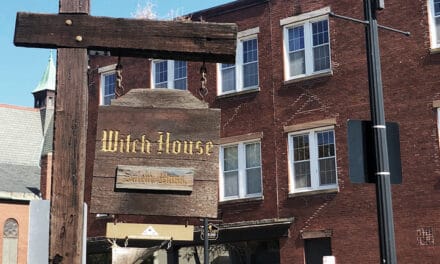This episode is titled, A City on a Hill, and returns to our look at the Propagation of the Christian Faith in the Americas.
Back in Episodes 105 and 6, we breached the subject of Missions in the New World. We looked at the role the Jesuits played in the Western Hemisphere. While the post-modern view of this era tends to reduce all European missionaries in a monochromatic Euro-centrism that leveled native American cultures, that simply wasn’t the case. Yes, there were plenty of Catholic, Orthodox, and Protestants who conflated the Gospel with their mother culture. But there were not a few missionaries who understood the difference and valued the uniqueness that was native American cultures. They sought to incarnate the Christian message in those cultures and languages. That often got them in trouble with officials back home who wanted to exploit indigenous peoples. In other words, it isn’t just modern Liberation Theology advocates who sought to protect the peoples of the New World from the exploitive injustices of the Old. Many early missionaries did as well.
So, we considered the work of men like Jean de Brébeuf and Madame de la Peltrie in the northeast of North America. We considered the work of the Russian Orthodox Church in the far northwest and down the west coast to California. They were met by the Spanish coming north out of Central America.
Protestants were a bit late to the game. One of the first real attempts was near Rio de Janeiro when the French Huguenot Admiral Villegagnon established a short-lived Calvinist settlement in 1555. It folded when the French were expelled by the Portuguese. A more permanent settlement was made by the Dutch when they captured Pernambuco at the easternmost tip of Brazil. This settlement remained a Calvinist enclave for forty years.
North America presented a very different scene for missions than Central and South America. The voyage of the Mayflower with its ‘Pilgrims’ in 1620 was a historical pointer to the strong influence of Calvinism in what would become New England. The states of Massachusetts, Connecticut, and New Hampshire were strongly Congregationalist or Presbyterian in terms of church polity and heavily influenced by English Puritanism. At least some of these pioneers felt a responsibility for spreading the Christian faith to native Americans.
In episode 106, we talked about John Eliot, the Mayhews, William Carey, David Livingstone, David Brainerd, and, Jonathan Edwards.
Besides Presbyterians and Congregationalists, Episcopalians achieved some success in evangelizing the Indians.
And again, for those who missed my earlier comment …
While it’s fashionable in some circles to eschew the use of the label “Indian” in favor of the assumed-moniker “Native American” for indigenous people of the New World, many of their modern day descendants have made clear their desire to be called “Indians” or referred to by their tribal identity, rather than “Native American.” So please, those of non-New World descent who take umbrage at the label “Indian” on behalf of others, assuming you’re defending People of Color, no nasty emails or snarky reviews because you speak that of which you know not.
If some frustration came through in that >> Sorry, Not Sorry. It’s just tiresome dealing with the comments of those who want to apply fleeting social concepts that appeared two-seconds ago as a blanket over hundreds and even thousands of years of history. It’s simply unconscionable to apply contemporary values and untested, highly-questionable social theories on prior ages, as though just because we live now, we’re somehow more enlightened, more civilized, in a word better than those who are thus cast as “worse” only because they lived before this moment of grand-enlightenment. The arrogance of that perspective is stunning.
Okay, end of my tirade of personal pique …
Being that we’ve just come up to the age of the Puritans in England, now would be a good time to take a little closer look at Puritanism in the New World.
During the reign of James I, some Puritans grew discouraged at the pace of reform in England and separated entirely from the Church of England. After a sojourn of about eleven years in the Netherlands, a group of these “separating Puritans,” known to us as “Pilgrims,” set sail for the New World. The Dutch were generally welcoming of these English dissenters because they shared the same faith and as the English were such hard workers, added to their booming economy. But the English grew distressed after a little more than a decade that their children were becoming more Dutch, than English. They couldn’t return to England where tension was thick between the Crown and Puritans. So they decided to set sail for the New World and try their fortune there. They established a colony at Plymouth in 1620 in what is now southeastern Massachusetts.
While it struggled greatly, it eventually succeeded and became something of a model for other English settlements in the region.
Back in England, when Archbishop Laud suppressed Puritans, emigration to the New World increased. As the Puritans’ relationship with the new king soured, a Puritan lawyer named John Winthrop began plans for a colony in New England. In March 1629, Winthrop obtained a royal charter to establish the Massachusetts Bay Colony. A year later he was joined by 700 colonists on eleven ships and set sail.
While aboard the Arbella, Winthrop preached a sermon declaring to his fellow travelers, “We shall be as a city upon a hill. The eyes of all people are upon us.” Others were soon captivated by this vision of a Christian commonwealth, and from 1630 to the beginning of the English Civil War, well over 20,000 Puritans settled in New England. “The Great Migration” had begun.
These later Puritans were different from the Separatists Pilgrims of Plymouth. They regarded themselves as loyal members of the Church of England, now established in NEW England. They had the chance to install the reforms they’d ached to achieve back in England. They may have separated geographically, but not in loyalty to The Church of England.
The New England Puritans held a vision, not just of a pure church, but of a purified society, one committed to Biblical principles, not just in church affairs but in all facets of public life. The idea of “covenant” between God and his people was at the center of their enterprise. Following the pattern of God’s covenant with Israel, they promised to obey God and in turn, He’d bless them. This is why one often encounters the terminology that Massachusetts was a kind of New Israel. That required strict observance of the Sabbath. Families were structured as “little churches,” with the father bestowing blessing for obedience and vice-versa.
This social structure required public piety. It prohibited what was called “secular entertainments”, like games of chance, dancing around maypoles, horse racing, bear-baiting, and the theater. Christmas celebrations were regarded as pagan rituals. Puritans adopted a rich view of piety that at times became excessive and became à What’s the word? Let’s just call it, odd.
Following the Pietist tradition, New England Puritans required a genuine public declaration of conversion as a condition for church membership. Problems arose when children, who’d grown up in pious homes and had always counted themselves as Born Again, to give testimony to their dramatic conversion event. That led to many of them being excluded from membership in the Church, which was the heart and center of social life in the New England town. Divisions erupted, leading Puritan minister Richard Mather to developed the so-called “Half-Way Covenant” to solve the problem. The Half-Way Covenant gave a kind of quasi-membership that included baptism but not Communion to the children of church members. Puritan leaders hoped this would expose “halfway members” to an example that would see them having their own “born again” experience and usher them into full membership.
Some historians assert the Puritans aimed for a theocracy. While Winthrop was governor, he certainly wanted to base the colony’s laws on biblical principles, but he didn’t permit clergy in civil governing. Church officials had no authority over civil magistrates. Winthrop and government officials sought the advice of ministers, but political authority rested in the hands of the laity. Theocratic tendencies certainly existed, but the colony’s congregationalism restrained them. New England never had enough unity to be a theocracy.
While a minority in England, Puritans were the majority in New England. A less careful recounting of American history would say they fled the Old World for the New to obtain religious liberty. Not really. They left so they could establish a PURITAN system of Church and State. There was no religious liberty as we conceive it today. Puritan New England was quite IN-tolerant of dissenters; like Roger Williams and Anne Hutchison.
Historian Ed Morgan describes Roger Williams as a “charming, sweet-tempered, winning man, courageous, selfless, God-intoxicated — and stubborn.” Arriving in Boston just a year after Winthrop, he was quickly asked to be pastor of the local congregation. Williams refused. He was a staunch Separatist who vehemently disagreed with the Puritan connection to the Church of England. It stunned his neighbors that a man would turn down the invitation to be a pastor. This and other behaviors so infuriated the leaders of the Massachusetts Bay Colony, they expelled him.
Five years later, Williams settled at the tip of Narragansett Bay on land purchased from the Indians. He named the settlement Providence and declared religious freedom — the first colony in the world in which religious liberty for all was genuine. Infant baptism was banned since Williams believed baptism was for those old enough to make a real profession of faith. He established the first Baptist Church in America in 1638.
The Hutchinsons, William and Anne, arrived in Massachusetts in 1634. They’d followed their minister John Cotton, pastor of a Boston congregation. Like many Puritans, the Hutchinsons hosted a group in their home to discuss Pastor Cotton’s sermon from the previous week. Anne excelled at breaking down the message into topics that were engaging. The group grew to upwards of eighty adults.
Then, controversy arose when Anne began to argue that all people are under either a covenant of works or grace. She was reacting against the public piety of the people of Boston who assumed good works proved the presence of salvation. She posited that works and grace were opposites and those who depended on works were lost.
But Anne crossed the line in 1637 when she denounced some ministers as preaching a Gospel of Good Works. Critics accused her of antinomianism; that is the idea that the elect don’t have to obey God. It didn’t help her case that a woman was teaching the Bible to men.
Anne was called to give an account before the General Court. She was anything but contrite. Sparks flew when she proved more adept at citing Scripture than her judges. The die was cast when she said that her knowledge of the issue had come “by revelation.” The magistrates, already suspicious of her orthodoxy, seized on this to banish her from the colony.
We’ll pick it up at this point and the infamous Salem Witch Trials in the next episode.





